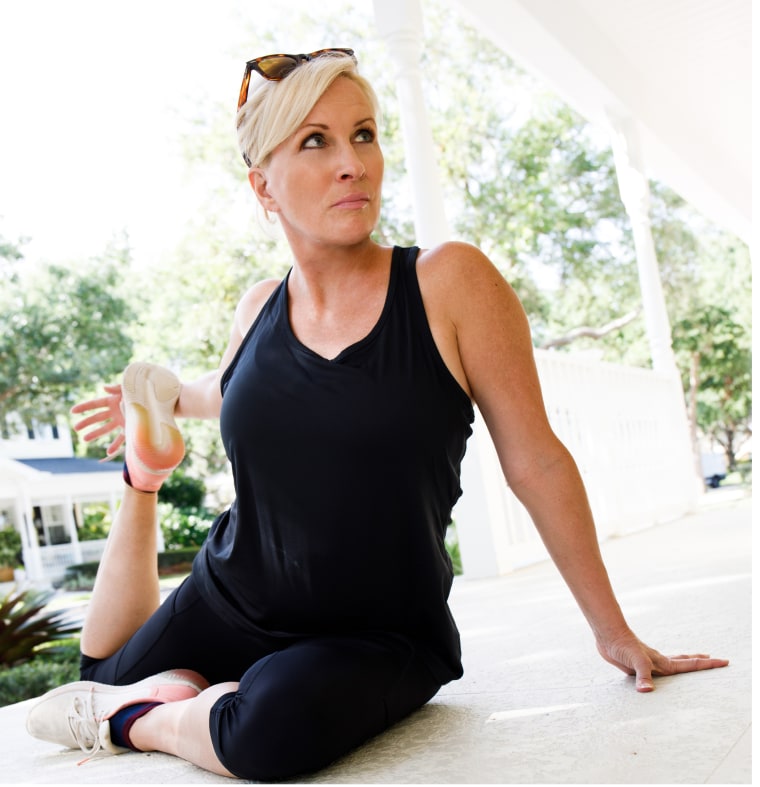An entire industry has been built on the premise that if you take 10,000 steps a day, you’ll be on the golden road to optimal health.
What could be easier, after all, than counting your daily steps? The answer is nothing, which is why it’s such a trendy benchmark. If 10,000 steps sounds like a lot to you, that’s because it is! It’s about four to five miles, depending on your stride.
So who came up with this magic number, and is it right for you?
You might be surprised to know it’s not from a scientific study. It’s based on a marketing campaign, done more than 50 years ago, to get people moving in Japan, using an early version of a pedometer. In Japanese, “man” means 10,000 – and it just sounded good with the rest of the phrase for the device, called a “manpo-kei” (“po” means steps and “kei” means meter). And, the number 10,000 is also considered a lucky number in Japan. Somehow, this became the accepted fitness norm for daily steps in many countries around the world.
While it’s a great goal for some people, it’s pretty tough to do regularly, especially if you don’t live in a major city or spend time on a treadmill. And it’s especially tough for beginners, just getting started.
A new study in the Journal of the American Medical Association confirms that even walking around 5,000 steps daily helps reduce the risk of early death (that’s just one standard marker of a lowered health risk). And that’s a lot more manageable for most people.
The answer to the question of how many steps is “enough” is simply this: whatever number you can do regularly and complete. This sets you up for success, making it more likely that you’ll stick with it.
Do you want to boost your daily steps? Set a goal of 1,000 steps more than what you’re doing now, and work up to that over a week or two. And if you get to 10,000 and want to do more — there’s no need to stop, as long as you’re enjoying it.
But a more moderate approach to walking (which is a form of cardiovascular activity) can also free up additional time to work on the other two pillars of fitness: strength training and flexibility.
The bottom line: just get moving every day. If you like the idea of 10,000 daily steps and can achieve it — that’s a great personal goal — but not a documented, health-promoting one. Remember that all of your steps add up throughout the day, so move whenever you can. For example, take the stairs, park further away in a parking lot, walk up an escalator or take a lap around the mall. Whatever effort you can make regularly is a definite health plus.
Dr. Madelyn Fernstrom is the NBC News Health Editor. Follow her on Twitter @drfernstrom.
